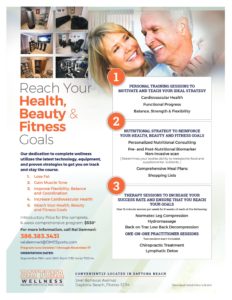 When ordering food at a restaurant, do you know which items may be loaded with fat and calories? Unlike when you’re grocery shopping, the foods in a restaurant may not have nutrition labels listing their fat grams and calorie content.
When ordering food at a restaurant, do you know which items may be loaded with fat and calories? Unlike when you’re grocery shopping, the foods in a restaurant may not have nutrition labels listing their fat grams and calorie content.
Hidden calories refer to the extra calories in many dishes that come from ingredients you may be unaware of. That’s why they’re such a problem for people grappling with weight control. Ingredients are often added to enhance the flavor, color or texture of food — for example, seasonings, sauces, cheesy toppings or dressings. And sometimes they’re part of the process used to prepare the dish — for example, oil or butter for cooking. These calories add up fast.
Use these tips to steer clear of hidden fat and calories in restaurant food.
- Appetizers. If you’re having an appetizer, choose one that contains primarily vegetables, fruit or fish. Lettuce cups, edamame, fresh-fruit compote and shrimp cocktail served with lemon are healthy appetizers. Avoid fried or breaded appetizers, which are generally high in calories. Of course, you can also save calories by skipping the appetizer altogether and just focusing on your entree.
- Soup. The best choices are broth-based or tomato-based soups. Creamed soups, chowders and pureed soups can contain heavy cream or egg yolks.
- Bread. Muffins, garlic toast and croissants have more fat and calories than do whole-grain bread, breadsticks and crackers. Skip the temptation by asking the server not to bring the bread basket.
- Salad. Your best choice is a lettuce or spinach salad with a low-fat dressing on the side. Limit all of the high-calorie add-ons, such as cheese and croutons. Also beware that chef salad and taco salad are usually high in fat and calories because of the meat, cheese and other extras — such as the taco salad’s deep-fried shell.
- Side dish. Choose steamed vegetables, rice, fresh fruits, a baked potato or boiled new potatoes instead of higher-calorie options, such as french fries, potato chips and mayonnaise-based salads.
- Entrees. You maywant to skip pasta dishes with meat or cheese or dishes with creamy sauces. The names of certain dishes are sometimes giveaways that they’re high in fat, such as prime rib, veal parmigiana, stuffed shrimp, fried chicken, fried rice and fettuccine Alfredo. Instead, look for these healthy terms when choosing an entree: baked, broiled without added butter, grilled, poached, roasted or steamed.
- Dessert. Finish your main meal before ordering dessert. By the time you’re done, you may not even want dessert. If you do order dessert, consider splitting it with one of your companions. Some healthy dessert options include fresh fruit, sorbet or sherbet.
Also, be mindful of two common dining-out challenges: the urge to order more food than you need and the impulse to eat every bit of food on your plate — even when the portion size is way too large for one person!






